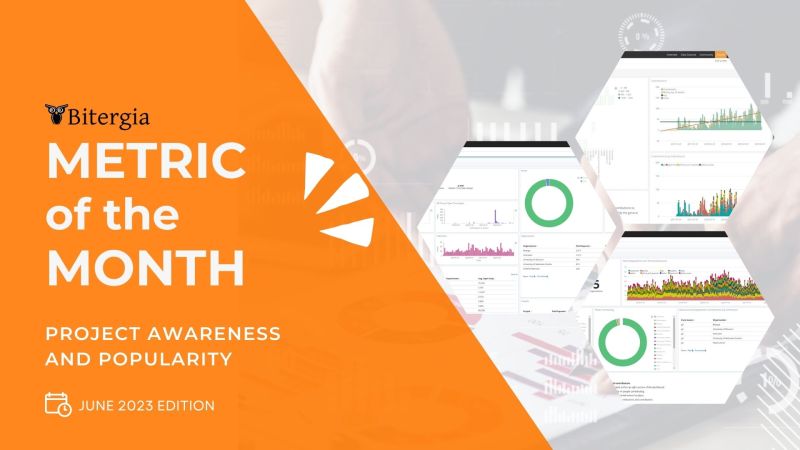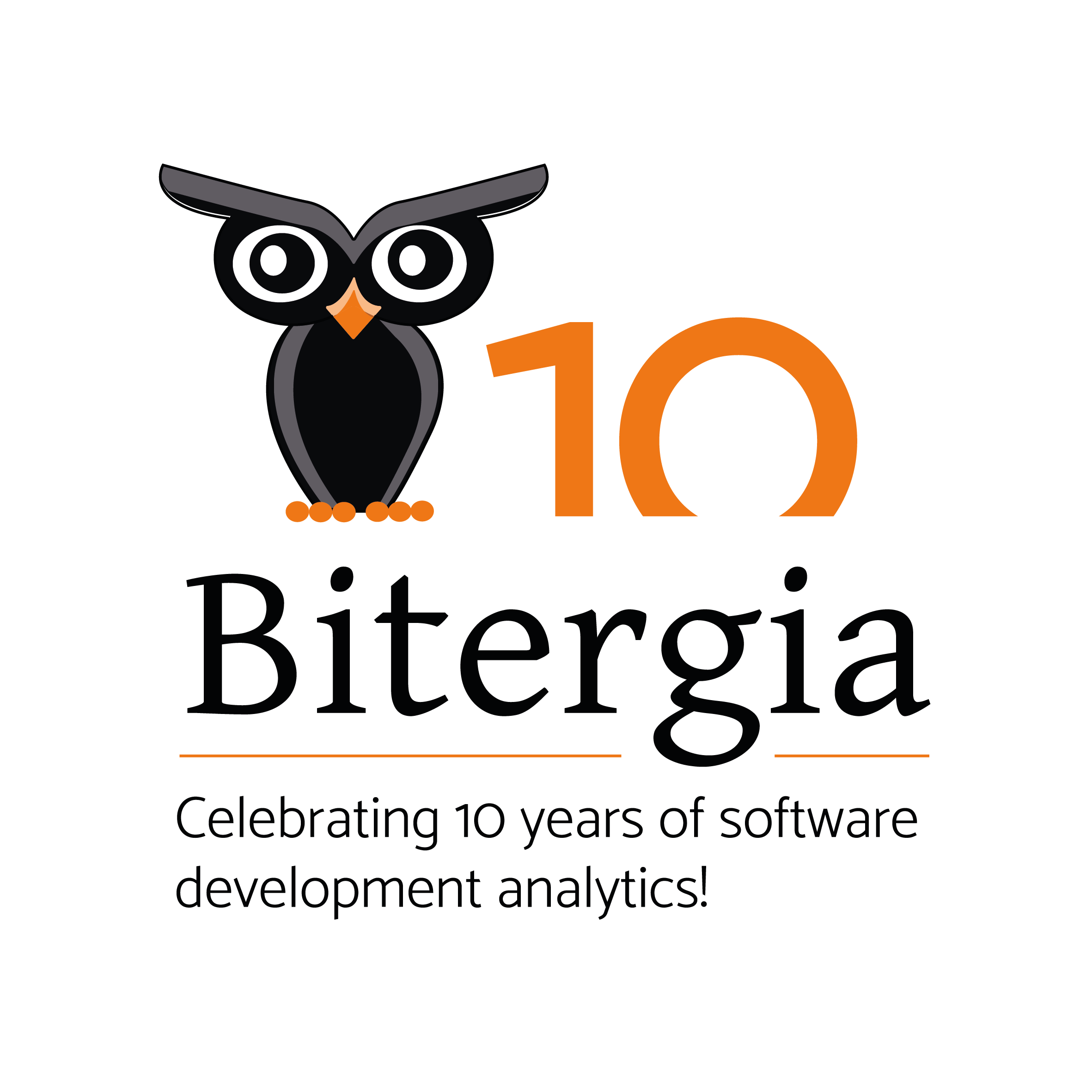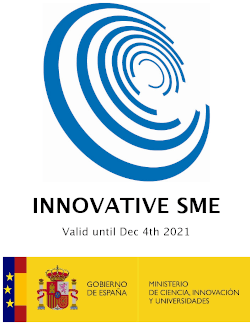Each community is different and therefore requires other metrics for data-driven decisions about building and supporting it. In this blog post, we review this and share a summary of a 3 chapter series brought together by our friends at opensource.com. Take a look at this reading about Open Source Communities Metrics.
We will share what we have learned in the CHAOSS Project about having metrics for open source communities. Once the right metrics have been decided, technical and organizational challenges must be overcome. Describing real-world examples of how metrics have been used to help build and support open source communities is always the best way to understand it.
Let’s take a step back.
The CHAOSS Project was established to help empower open source communities through metrics. We have had many conversations with contributors and realized that everyone pays attention to different aspects of their communities.
The core of open source is about using, sharing, and collaborating in software creation. With its roots in the free software movement and ensuring the rights of software users, open source has evolved from solely the work of volunteers and hobbyists to include the enterprise.
Collaborative software development has taken on a new dimension in the last 5 to 10 years. 63% of companies in a 2021 survey indicated wanting to increase their use and engagement with open source.
Open source is everywhere and forms the digital infrastructure we rely on. The US issued a directive mandating more software supply chain security. The European Union is also working on similar legislation and guidelines. To address this challenge, you must understand how open source software is built. The process typically involves open source communities.
Metrics, Metrics, Metrics

The CHAOSS community has defined more than 70 metrics and maintains software to get the insights you need into open source communities. They group them into five focus areas that you should pay attention to.
This chapter analyzes open source projects built by a community. While there are open source projects with only one maintainer or fully controlled by a company, those are excluded from focusing on projects with a community. The specific focus is on your challenges and how to overcome them.
Read more about the article “5 metrics to track in your open source community“ for this first chapter.
I have the metrics; now what?

Once we have an overview of possible community health metrics, we can look at what we can do with these metrics. The data about your community will always remain the same, and that’s to be expected. It’s essential to keep asking questions, iterate, and take action.
We analyzed several examples from different communities, some of which you may be familiar with, like Mautic, StarlingX, or Drupal. Read the second chapter, “What do you do with community metrics?” to find examples of metrics like the Contribution metric, Organizational diversity metric, Who is making contributions, and Contributor experience metric.
Community metrics Challenges

After reading the previous two articles in this series, you could look at open source community health and the metrics used to understand it. They showed examples of how open source communities have measured their health through metrics. The third chapter brings those ideas together, discussing the challenges of implementing community health metrics for your community. For Organizational Challenges, you have to be aware of the following:
- Deciding on the right metrics
- Knowing what to do about metrics
- Knowing what is good and bad
- Personally identifiable information (PII) concerns
For Technical Challenges, you may want to ask where your community data is collected and where else the community exists, so you can take action on how to get the data like:
- Raw data: get data from data sources
- Enriched data: unify data, manage identities and calculate metrics
- Useful data: visualize and report
Read the third and final chapter, “How to address challenges with community metrics,” to have complete insights about it.
Let’s bring it all together.
So, to have a final review of the topic covered in the three articles, here are some takeaways:
- Use metrics to identify where your community needs help.
- Track whether specific actions lead to changes.
- Track metrics early and establish a baseline.
- Gather the easy metrics first, and get more sophisticated later.
- Present metrics in context. Tell a story about your community.
- Be transparent with your community about metrics. Provide a public dashboard and publish reports.
You can also watch a recording of this presentation from our talk at the last Open Source Summit Europe 2022 in Dublin, Ireland, where Georg Link and Emilio Galeano covered this topic with a room full of people.
We want to give a special thanks to opensource.com, who joined us to create this excellent 3 chapter series. You can find more interesting articles in their blog, so we invite you to visit their website!
More interesting topics ahead! To be the first to know about similar content, subscribe to our monthly newsletter and follow us on Twitter so you can have the latest updates!
Latest posts
- Organizing CHAOSScon Africa: Insights, Talks, and Key Takeaways
- Diversity, Equity, and Inclusion in Open Source: My Journey and Contributions at Bitergia
- Project Awareness and Popularity: Essential Metrics for Open Source Projects












